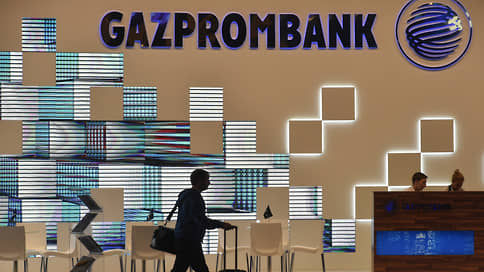Gazprombank issued classic bonds in yuan
[ad_1]

Gazprombank became the first credit institution after more than a year’s break to enter the market of classical bonds in yuan. As a rule, banks prefer to receive funds for deposits in Chinese currency. However, in the case of issuing bonds, the bank can save on the speed of attraction and associated transaction costs, especially since the coupon rate turned out to be quite low – 5% per annum. Market participants note that the securities were distributed among the bank’s wealthy investors. Meanwhile, low liquidity can become one of the risks of the issue.
According to Kommersant sources in the financial market, on April 9, Gazprombank formed a bond order book for 1 billion yuan (AA+ rating from Russian agencies). This is the bank’s first placement of classical bonds in Chinese currency since the end of 2022, when Alfa Bank and EDB issued issues.
Gazprombank’s plans to enter the market became known last summer, when it registered five classic issues of yuan bonds (see. “Kommersant” dated June 15, 2023).
The issues were aimed at a wide range of investors, and their face value was set at 100 CNY, while in most placements by other issuers it was 1000 CNY. The circulation period of the first issue was set at three years, that is, it did not stand out from the indicators of other issuers (in the last year, the circulation period of yuan bonds was two to three years).
However, the coupon rate on Gazprombank bonds was set at only 5% per annum. Experts interviewed by Kommersant consider it low.
In general, the yield on yuan bonds of issuers with a AAA rating (Rosneft, Sovcomflot, Metalloinvest) in secondary trading is from 5.4% per annum, explains Vladimir Kornev, an analyst at the investment company Digital Broker.
Rosneft placed bonds a month ago with a coupon of 5.5% per annum. And according to the results of the collection of applications for yuan bonds of Rusal (A+), which took place simultaneously with the collection of applications from Gazprombank, the coupon rate was 7.9% per annum.
7.8 percent
amounted to the growth of the yuan against the ruble over the past 12 months.
There are investors on the market who will be satisfied with such returns, according to experts interviewed by Kommersant. As Vladimir Kornev notes, this is higher than the rates on bank deposits in yuan (see Kommersant on March 19). Bank clients will have an alternative to opening a deposit in yuan; in addition, the issue is interesting for retail investors, in particular, because it has a lower denomination, says Alexey Kovalev, head of debt market analysis at Finam Financial Group.
According to Kommersant’s sources in the financial market, the issue was mainly purchased by “wealthy investors close to the bank.”
For Gazprombank, such an placement could be profitable, say experts interviewed by Kommersant. Despite the fact that the yield on instruments may exceed that on deposits, the bank is able to save on the speed of attraction and on associated transaction costs, points out Evgeniy Shatov, partner at Capital Lab. In addition, the expert clarifies, placing bonds in yuan is an affordable way to attract foreign exchange liquidity, which will then be used for international settlements. According to Mr. Shatov, banks are actively increasing the volume of corporate lending in yuan.
In general, the yuan bond sector is not very liquid, notes Mr. Kovalev. Significant trading volumes on the secondary market, according to the Moscow Exchange, occur mainly with several issues of Rusal, Sovcomflot, and Polyus. The degree of liquidity is the main risk of Gazprombank’s issues, Mr. Shatov believes. In addition, the expert notes, one should not forget that the yuan exchange rate is set by the Chinese government; it can easily rise or fall without any external reasons.
[ad_2]
Source link





